Chernobyl Pictures And Facts About Nuclear Disaster At Power Plant 31 Years Later
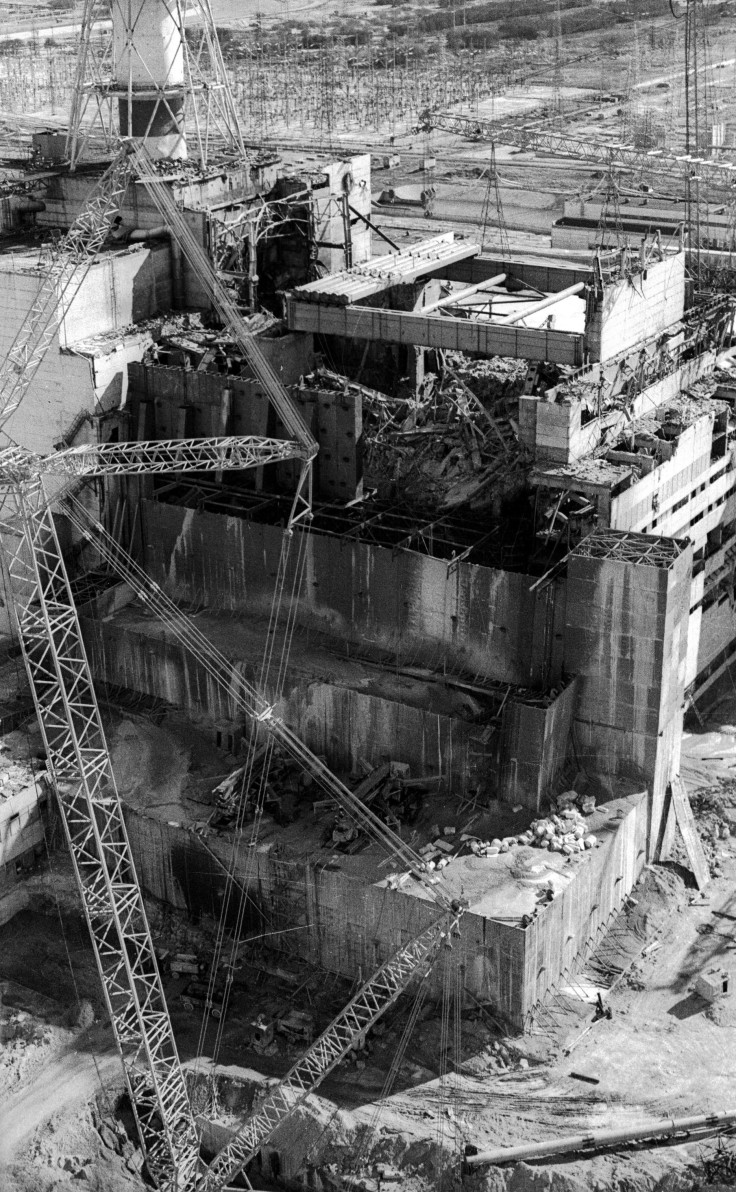
Thirty-one years ago Wednesday, the Chernobyl nuclear power plant in Ukraine exploded, commencing the worst nuclear disaster in history. More than three decades later, the 1986 meltdown is still considered the world’s worst nuclear disaster.
The area surrounding Chernobyl was previously home to 16,000 people. Now, the barren land is populated only by those workers involved in the plant’s cleanup, an occasional group of tourists and a vast variety of wildlife unknowingly living in the radiation left behind.
- The explosion still ranks as the worst nuclear disaster in history. Only the incident in Chernobyl and the meltdown in Fukushima, Japan, in 2011 were ranked as a level seven event on the International Nuclear Event Scale.
- The disaster began in the midst of a systems test at reactor number four. A spike in power and an emergency shutdown led a reactor to rupture, sparking a series of explosions.
- An estimated 30 people were killed in the immediate aftermath of the meltdown. A report issued by Greenpeace revealed that the world could see more than 200,000 eventual cancer deaths as a result of Chernobyl.
- Almost five million people currently living in areas considered contaminated, according to Greenpeace.
- The accident released 5,300 PetaBecquerels of radiation, according to some estimates. That amount is nearly 10 times that which was released during the meltdown of Fukushima’s Daiichi power plant in 2011.
- The closest town to the explosion, Pripyat, was evacuated a full two days after the disaster.
- Over 350,000 people were ultimately evacuated from Ukraine, Russia and Belarus from 1986 to 2000.
- The countries most affected by contamination from the disaster were Ukraine, where the plant was located, Belarus and Russia.
- After the explosions, radioactive rain was recorded as far away as Ireland.
- Chernobyl was opened to tourists in 2011. The area is frequently overrun by animals such as moose, bison, horses, wolves, bears and other creatures that have been living in the midst of the radiation.
- The giant cement sarcophagus housing the 200 tons of radiation began to crack in recent years, leading workers to construct a new steel arch called the New Safe Confinement to put over the cement.
- People living in the area were still eating food affected by radiation in recent years. Greenpeace issued a report in 2016 stating that 30 years after the incident, locally produced food contained radioactive contamination.
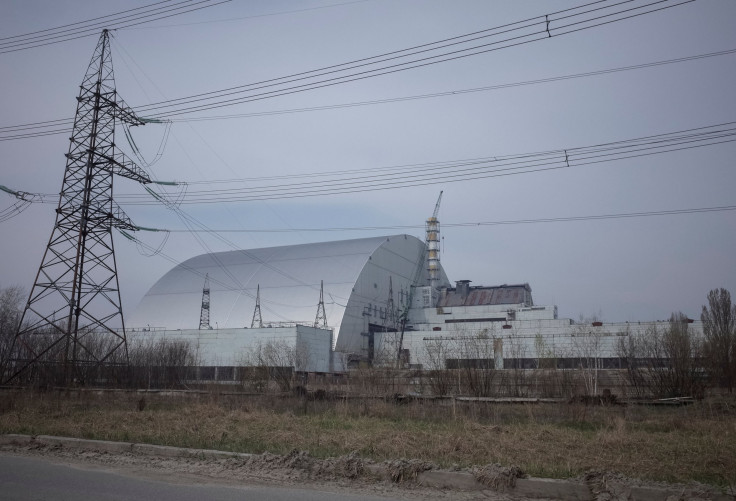
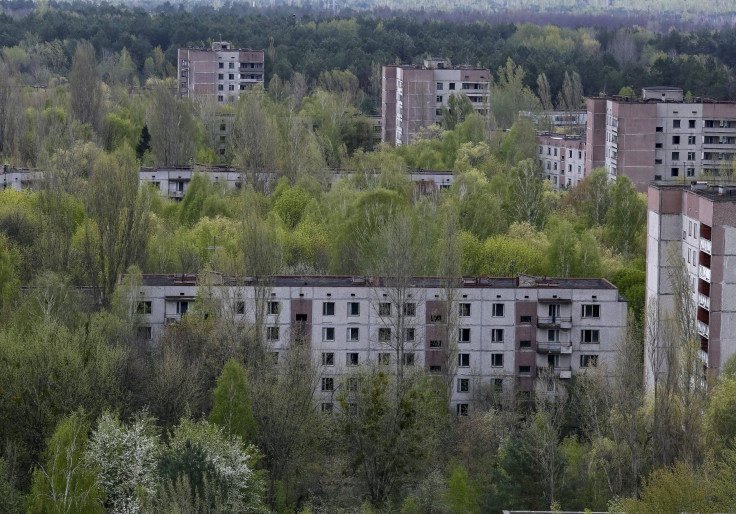
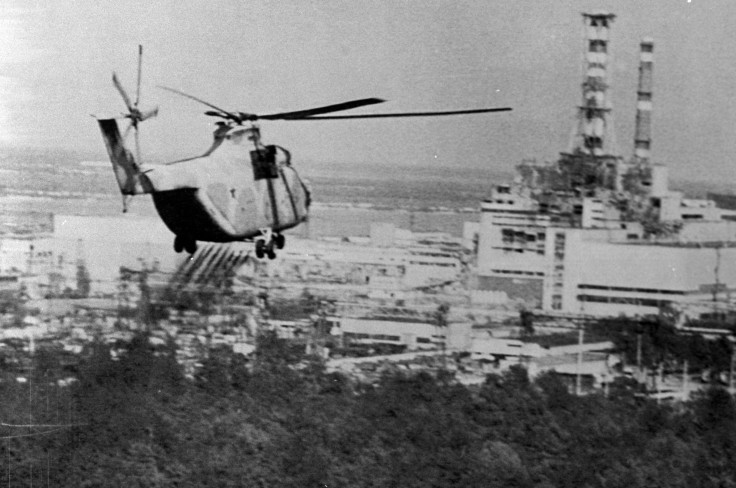
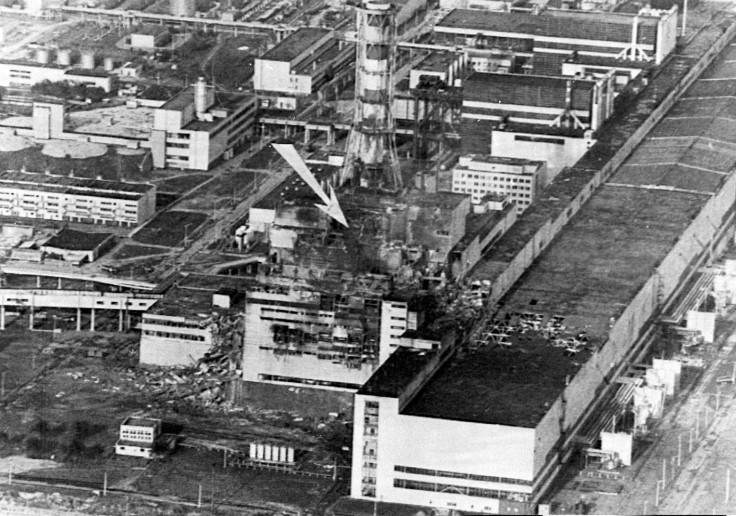

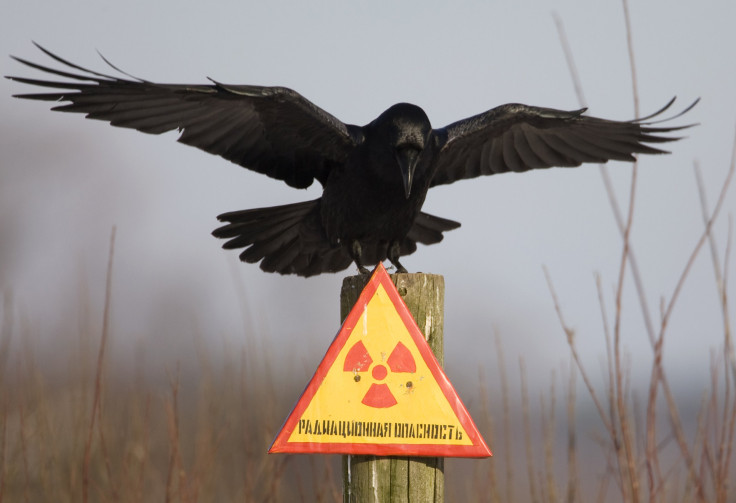

© Copyright IBTimes 2024. All rights reserved.
Join the Discussion






















